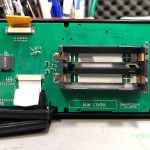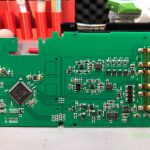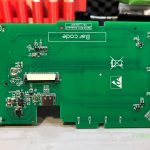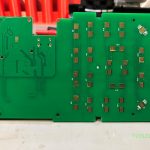A common mistake when building kelvin 4 wire test leads is to use standard alligator clips because in a standard clip the top and bottom jaw are electrically connected at the hinge point. This kinda defeats the purpose of having separate sense lines if they are getting shorted at some point with the current carrying trace. For a true kelvin connection you would need a special type of alligator clip, like the ones shown in this video, these have a plastic hinge and the top and bottom jaws are not electrically connected. These can be quite expensive if they are made by a good manufacturer but I got mine from aliexpress for cheap, they do not excel in quality but good enough for the type of instruments I am going to be using them with and with the amount of work volume they are going to see on my bench they will last a while.
Tag: 4-Wire Test Leads
Hantek TO11 1832C LCR Meter Review & Teardown | Voltlog #303
I never really had any professional LCR meter in my lab so far, I’ve only done measurements using this transistor tester which also features a rudimentary LCR function but that’s about to change because today we’ll be taking a close look at the Hantek TO11 handheld LCR meter.
There are two models for this LCR meter TO11 and TO22 and as far as I can tell the only advantages the more expensive TO22 model has are the extended test frequency range up to 100KHz and a second option for test voltage at 0.3V.
Next let’s mention the naming confusion, there is something going on with the naming of this instrument and I can’t quite figure it out. On hantek’s website you can find this LCR meter listed as model number 1832C and 1833C while I suspect all newer units are marked TO11 and TO22 respectively. I’ve emailed Hantek and asked them to clarify this and confirm whether or not there are any differences and why the two names and they replied saying the two are basically the same, the TO11 being an ODM version.
Here are some images captured during the teardown, click on the thumbnails to get a high resolution image of the LCR Meter internal PCBs.



